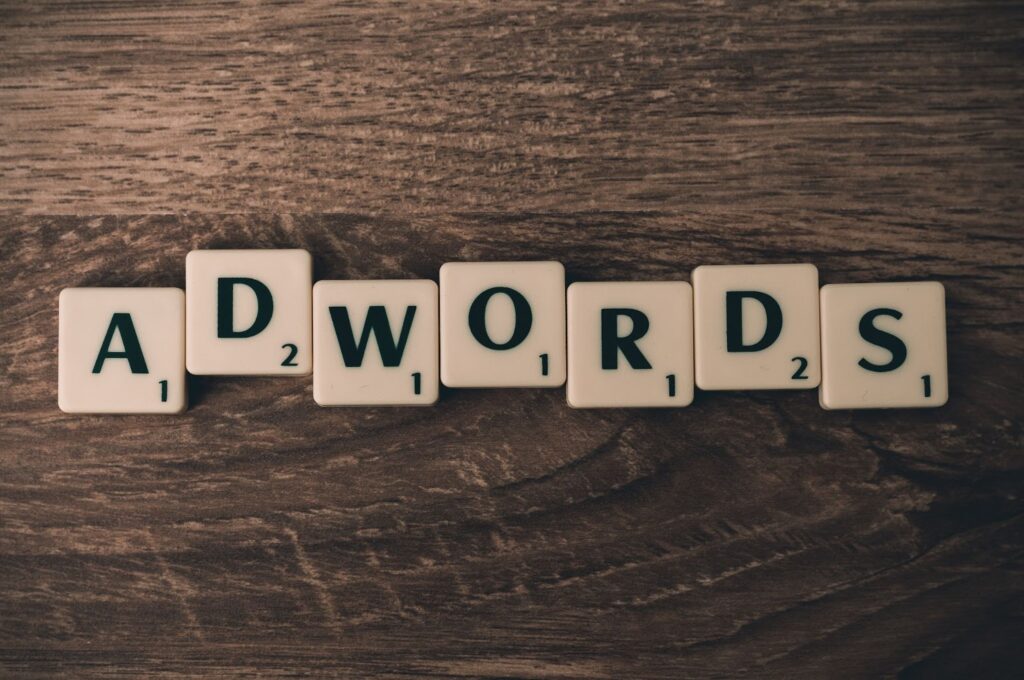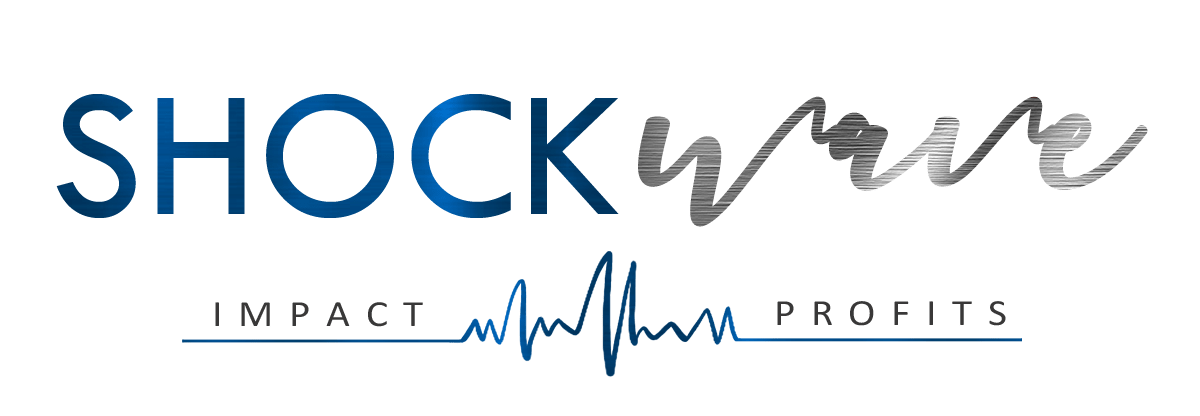Why One Ad Doesn’t Suit Every Platform

Introduction
Congratulations, you made an ad that’s absolutely killer!
From the first few seconds of the hook all the way through to the final offer push, it’s a masterpiece. It’s bringing in tons of highly qualified leads day in and day out.
“I hit the motherload,” you say to yourself. “I’m a media buying, conversion savant.”
Right after you pat yourself on the back, you transfer the ad to other platforms.
“It’s time to scale this offer to the moon!”
You’re as optimistic as Icarus was…
And then YOU fly too close to the sun.
Because you quickly realize that your ad is not converting at all on these other platforms. Suddenly you’re hemorrhaging money daily, while you scratch your head and frantically scramble to put out the fire.
What in the world went wrong?
This is an unfortunate but common situation for business owners, marketers, and media buyers in the direct response world.
And why does it happen?
Because we often forget this long-standing truth: an ad that’s successful on one channel isn’t necessarily going to work on another. Each platform has its own unique flavor, features, and demographics that make it nearly impossible to simply transfer one winning ad across all of them.
Way too many marketers group all the ad platforms together, and they approach them on a surface level–not taking the time to do the necessary research on each one.
This is a recipe for disaster that will cost you hours of time and thousands of dollars (or more) if you’re not careful.
In this post, we’ll discuss exactly WHY you can’t use the same ad in every situation, as well as the key features of the most popular ad platforms.

Why You Can’t Use the Same Ad in Every Situation
As we already mentioned, each platform has its own unique features. Because of this, you need to constantly split test your copy and your ad’s visual features for every one of the platforms that you’re advertising on.
Not only is each platform different, but so are the audiences that you’re targeting. For example, some platforms are known more for their entertainment appeal. People go there to laugh, be entertained, and generally escape something that’s going on in their lives–whether it’s their job, relationship, or just sheer boredom.
There are other platforms that are centered more around search. People are on these ones to satisfy their curiosity and (even more common) find a concrete answer to a problem they’re struggling with. These are your “how to” “why does” “what should I do” audiences.
The type of ads that you display to search-based and entertainment-seeking audiences can and should be different. Otherwise, there’s no congruence between your prospect’s frame of mind at the time they come across your ad and its message.
So even if they’re super qualified leads for your business and offer, your message won’t resonate with them at the right moment.
And there are few things more frustrating than that situation.
That’s why it’s critical to understand your specific ad platform’s features and appeal, as well as the types of audiences that are going to see your ad on each one.
Make sense?
Good, because in the next section we’ll discuss the key features of the 3 most common advertising platforms. This way, you can avoid the dangerous “ad transfer” mistake that so many direct response marketers make.
AdWords Key Features
AdWords, the Google Ads platform, is the world’s largest and most popular PPC advertising platform. Given that Google has a vice grip on the search engine world, this shouldn’t come as a big surprise.
Because of this, the people who see your ad on Google are the most search-heavy type of audience you can imagine.
Think of your own experience on Google. What are you searching for? Other than the occasional meme or gif to impress your friends in the group chat, you’re probably looking up the answers to specific questions. In many cases, we’re searching for the answers to our most pressing problems.
So the short “how to solve a certain pain point” ads that get right to the point tend to perform best on AdWords. Make sure you create narrow, specific audiences and jump right into how you’ll help your searching audience find the answer they’re looking for.
You also want to pay special attention to the keywords you’re being displayed for with your Google search ad. Because if you don’t understand where your ads are being placed, then you’re going to be disappointed with lackluster campaign results–no matter how electrifying you think your ad is.
However, if you do all of that correctly, AdWords can be a really effective platform for your business. It tends to offer faster times to get your ad started AND the widest potential reach with Google’s 4.3 billion users.

Facebook Ads Key Features
For Facebook/Meta, you also have access to a broad and diverse user base.
But the capabilities on this platform go even further than that. With Facebook, you have access to some of the most sophisticated pixel retargeting and tracking insights imaginable, even in a post-iOS 15 world.
How is that possible?
Well, think about your posts or your friends’ posts that you see on Facebook. Odds are you’re picturing a wide variety of information–from baby photos to life updates to political takes–and everything between.
This means that Facebook has the ability to compile vast amounts of data on each user to help you create highly-customized audiences.
Why is this helpful? Because, in direct response marketing, you can’t advertise to everyone and, moreover, you shouldn’t. If you go after a super broad audience, you’ll waste tons of money on low quality leads. But if you can get more granular and specific on EXACTLY who your customer avatar is, then you have the potential to really make a dent with both front-end AND retargeting campaigns.
Now, regarding Facebook ad’s unique features, let’s illustrate those by comparing the platform to AdWords.
Compared to AdWords, Facebook is much less search-heavy and much more stories/post-heavy.
What does this mean for you?
Well, ideally you want to create ads that LOOK like just another post (whether it’s text, an image, or a video).
This way, the ad your audience sees feels less like a sales pitch and more like an organic post. That’s why story-based ads with limited formatting tend to work best.
Remember, Facebook is first and foremost a social environment. Design your ads accordingly with juicy, exciting hooks that “stop the scroll” and feel like an extension of everything we already see on the platform.
And last but not least, let’s talk for a quick second about compliance.
If you’ve ever advertised on Facebook before, then you’ve probably heard or experienced the horror stories of Facebook compliance issues.
Make no mistake about it: compliance can be an absolute nightmare on Facebook.
You might think you’re doing everything right with your ad only to receive the devastating message that it’s been rejected.
And the truth is that you almost certainly will receive one of these messages if you advertise enough.
But you can’t cry over spilt milk. The only solution is to make the necessary tweaks and try again. And make sure you never just leave a rejected ad. You have to delete it and/or rectify the situation with the Facebook compliance team to maintain a 100% compliance rate with them.
Without going into too much detail, here are a few key rules of thumb when advertising on Facebook:
1: Avoid “You” language (example: Are you sick and tired of being overweight?)
2: Avoid negative, fear-based language (no matter how tempting it is for your direct response trained brain)
Even though fear can be a powerful motivator for productive action, Facebook only wants to see the most positive, uplifting language.

YouTube Ads Key Features
The third and last advertising platform we’re going to talk about today is YouTube.
The best way to think about the highest-performing ads on YouTube is as “edu-tainment.”
Why?
Because YouTube has a unique mix of people. Some are seeking the answers to their most important search-related questions AND others are pleasure-seeking entertainment-loving viewers.
Or, to put it more simply, you have some people searching “how to quit my soul sucking job” while others watch endless clips of Parks and Recreation highlights.
What does this mean for you?
Well first, you want to build a video ad that straddles the line between education and entertainment.
You can do this by first creating an exciting, unique, and attention-grabbing hook. In 2022, the hook is ALWAYS the most important part of the video and the ad. Make your viewer want to keep watching instead of hitting that “Skip Ad” button in the bottom right corner (we all do it!)
And then second, you should spend the next minute or 2 stacking value and teaching your audience.
For example, let’s say that you’re selling a fitness coaching program. You already created an exciting hook of you dangling from a helicopter or whatever the case might be.
Now that you have their attention, you should spend the rest of the time explaining your unique mechanism about why you’re especially qualified to get them in the best shape of their lives.
And when you’ve successfully done that, you can reveal your offer.
I’m not saying this is an easy balance to strike.
But as video continues to take the marketing world by storm in 2022, investing in great YouTube ads is a high ROI strategy.

Conclusion
Now you understand some of the differences between the 3 major advertising platforms, hopefully you can see why it’s a terrible idea to just transfer an ad from one to another.
Remember, you should always be split testing EVERYTHING in your business. For your ads, that starts with the copy and visual appeal across every platform you’re using.
“Okay,” you say, “I get it. Split testing, different ad platform features, yadayadayada. But how do I know which platform is right for my business?”
I knew you’d ask that, you forward-thinking entrepreneur!
Our answer?
The most successful businesses use a blended ad approach across the different platforms. This way, they can capture as wide a variety of prospects in their target demographic as possible.
The more platforms you can use to create compelling ads, the more likely you are to connect with your target audience. Just make sure you know where they’re hanging out–because every business’ audience is different.
